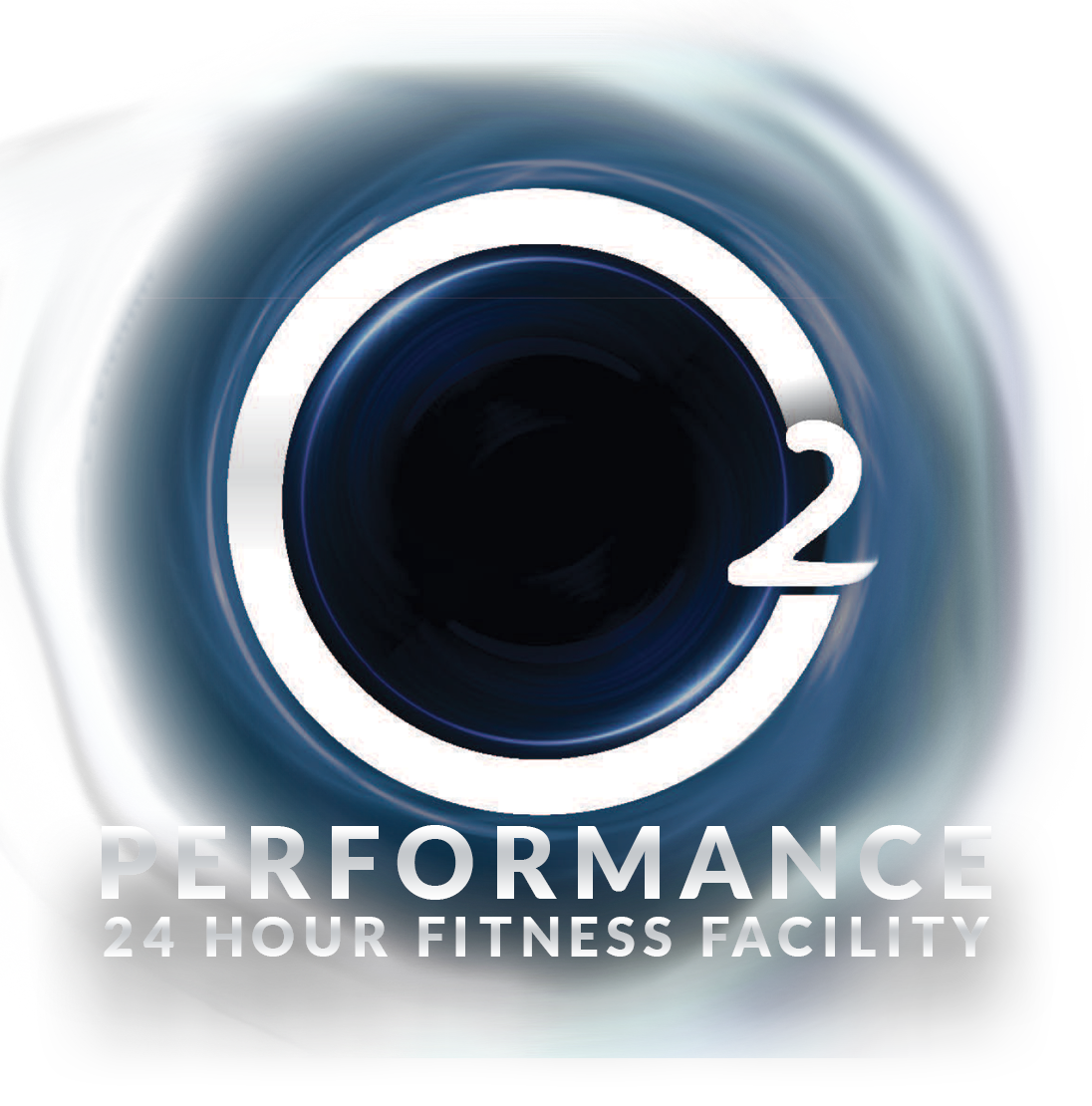Let’s Talk About Mesocycles, Microcycles, and Macrocycles
When you step into the world of fitness, it’s easy to feel like you’re learning a whole new language. Terms like mesocycles, microcycles, and macrocycles might sound like something out of a science fiction novel, but they’re actually essential concepts in designing effective workout programs. Understanding these cycles can take your training to the next level, helping you achieve your fitness goals more efficiently. So, let’s break it down.
What Are Mesocycles?
Imagine your fitness journey as a road trip. Mesocycles are like the segments of that trip. They're specific phases of training, typically lasting several weeks to a few months, where you focus on a particular aspect of your fitness. Whether it's building strength, improving endurance, or increasing muscle mass, each mesocycle has a distinct purpose.
During a strength-focused mesocycle, for example, you might lift heavier weights with fewer repetitions to challenge your muscles and central nervous system. Conversely, an endurance-focused mesocycle might involve higher repetitions with lighter weights to improve muscular endurance and cardiovascular health. The key is to tailor each mesocycle to your individual goals and needs, ensuring that you progress steadily towards your desired outcomes.
As you move from one mesocycle to the next, it's essential to incorporate periodization, which involves systematically varying your training variables like intensity, volume, and rest periods. This approach prevents plateaus and overtraining while promoting continual improvement. Think of it as adjusting the gears of your car to navigate different terrains smoothly. By strategically cycling through mesocycles and employing periodisation, you'll keep your body guessing and your progress moving forward.
Understanding Microcycles: The Building Blocks of Progress
If mesocycles are the segments of your fitness journey, microcycles are the individual pit stops along the way. These shorter periods typically span a week and outline the specific workouts you'll perform each day. While mesocycles provide the overarching structure, microcycles allow for greater flexibility and customisation within that framework.
Let's say you're in the midst of a strength-focused mesocycle. Your microcycles for the week might include a combination of heavy lifting days, active recovery sessions, and targeted accessory work. Each workout within a microcycle serves a distinct purpose, whether it's to increase strength, enhance mobility, or promote recovery.
The beauty of microcycles lies in their adaptability. If you're feeling particularly fatigued one day, you can adjust your training intensity or volume accordingly. Likewise, if you're brimming with energy, you can push yourself a little harder to capitalise on your momentum. By listening to your body and fine-tuning your workouts within each microcycle, you'll optimise your training experience and minimise the risk of burnout or injury.
Incorporating variety into your microcycles is also crucial for preventing boredom and maintaining motivation. Experiment with different exercises, training modalities, and workout structures to keep things fresh and exciting. Whether you prefer circuit training, interval workouts, or traditional strength training, there's no shortage of options to keep your routine engaging and effective.
Zooming Out: The Big Picture of Macrocycles
If mesocycles are the segments and microcycles are the pit stops, then macrocycles are the entire roadmap of your fitness journey. These overarching periods encompass several mesocycles and outline your long-term training plan. While mesocycles focus on specific aspects of fitness, macrocycles provide the strategic vision that ties everything together.
Macrocycles can span anywhere from a few months to a year or more, depending on your ultimate goals and timeline. For example, if you're training for a marathon, your macrocycle might consist of several mesocycles dedicated to building endurance, improving speed, and tapering before the race. Alternatively, if you're aiming to compete in a bodybuilding competition, your macrocycle might include phases focused on bulking, cutting, and peak conditioning.
One of the most crucial aspects of macrocycle planning is goal setting. Clearly defining your objectives at the outset allows you to structure your training effectively and track your progress along the way. Whether you're aiming to lose weight, gain muscle, or improve athletic performance, your macrocycle serves as the roadmap that guides you towards success.
In addition to goal setting, macrocycles also provide opportunities for reflection and adjustment. Periodically reassessing your progress and adjusting your training plan ensures that you stay on course and make necessary course corrections along the way. Remember, flexibility is key to long-term success in fitness. While it's essential to have a plan, it's equally important to adapt that plan as circumstances and priorities evolve.
Conclusion
Mesocycles, microcycles, and macrocycles are more than just buzzwords in the world of fitness—they're essential concepts that form the foundation of effective training programs. By understanding how these cycles work together to structure your workouts, you can optimise your training experience, accelerate your progress, and achieve your fitness goals more efficiently.
Whether you're a seasoned athlete or just starting your fitness journey, incorporating mesocycles, microcycles, and macrocycles into your training can elevate your workouts to new heights. So, take the time to plan your roadmap, fine-tune your pit stops, and enjoy the journey as you strive towards your ultimate destination of health and vitality.

